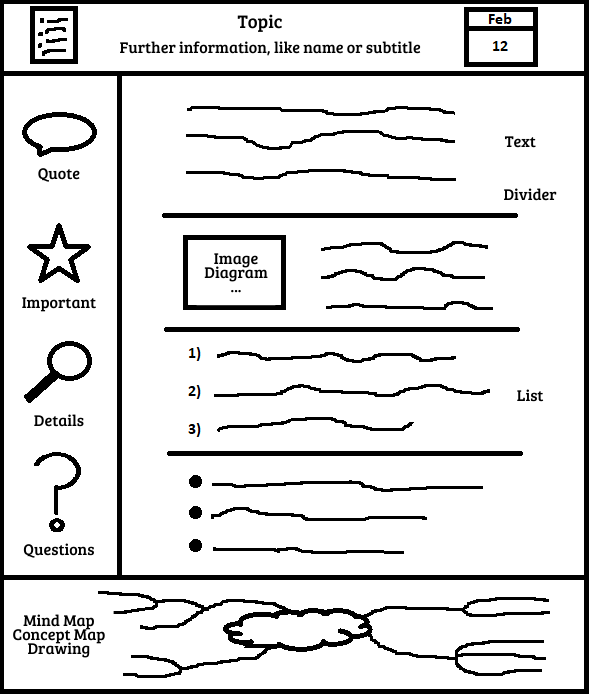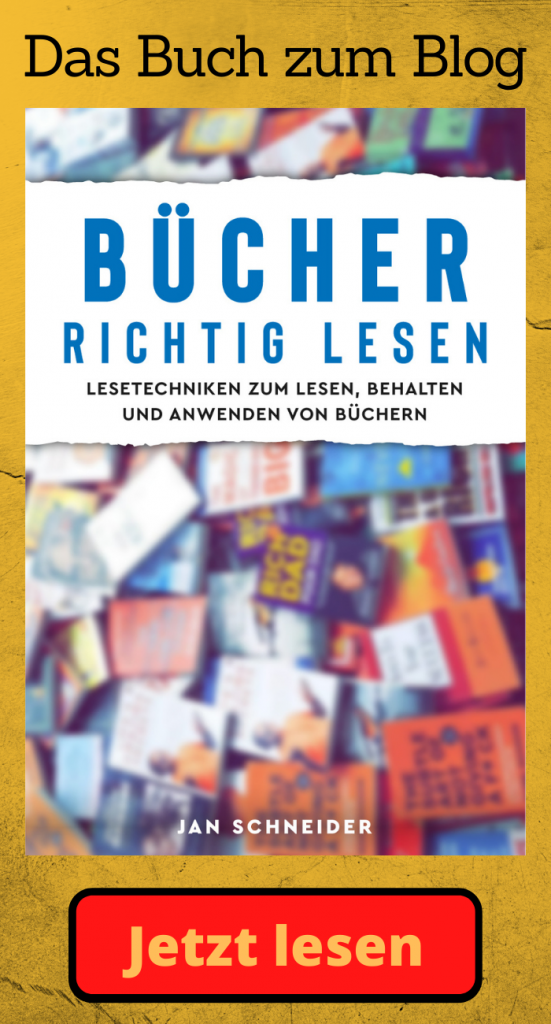Cornell Method: The Best Way To Take Notes
When taking linear notes, they can quickly become unstructured and hard to follow, making it tedious to review them later. The Cornell method is a much better approach here, as it brings a clear and organized structure to your notes, helping you find information quickly during review. Developed in the 1940s by Walter Pauk, a professor at Cornell University, the Cornell method divides the page into sections to make your notes visually accessible and streamlined for repeated study.
With the Cornell method, divide the page into several segments. Write the topic at the top, along with other metadata such as the date, name, or page number if necessary. Leave space at the bottom of the page for a summary. The middle part of the page is split into two columns: the left, narrower column is for keywords and questions, while the right column is for the actual notes.

In the right column, you can write text, create bullet points, list items, or add images and diagrams. You can also incorporate tools like mind maps, concept maps, or the Feynman technique. To enhance organization, use dividing lines to separate different topics, and write a keyword or question for each section in the left column beside it. This structure keeps your notes orderly and makes review easier.
If you formulate questions about the content in the right column within the left column, you can use these to test yourself when reviewing the material. Cover the right column so that only the questions in the left column are visible and try to answer them. Then check if your answers match the content on the right. If not, actively review the information again. For example, if you’ve written a definition of a database, you could write the question, “What is the definition of a database?” in the left column. If you list the characteristics of Big Data, you could ask, “What are the characteristics of Big Data?”

It’s also helpful to create a personal icon collection, which could include a star for something particularly important, a magnifying glass for a detail, or a question mark for unclear points. Using this visual vocabulary in the left column, you can quickly indicate the focus of each section.
At the bottom of the page, summarize your notes. The best way to do this is through a small drawing, mind map, or concept map.



